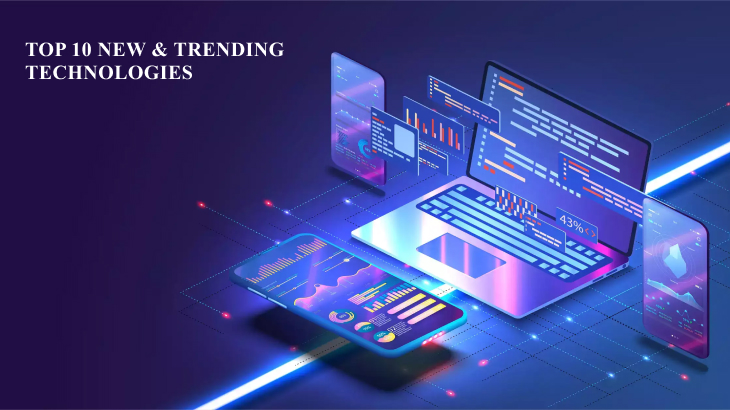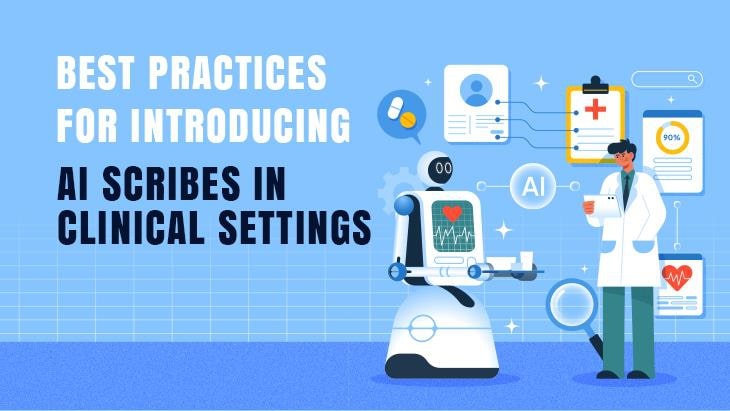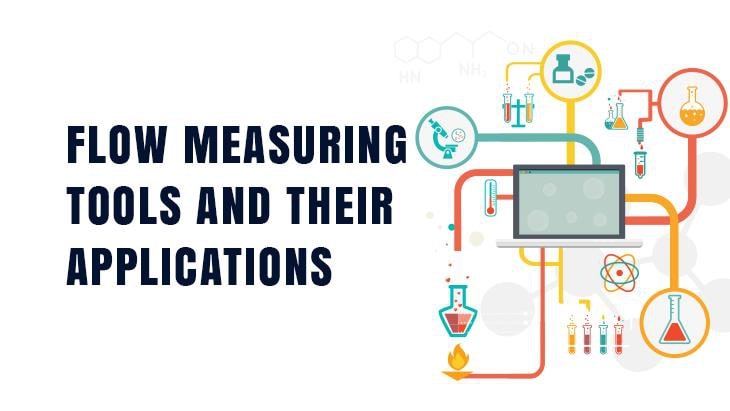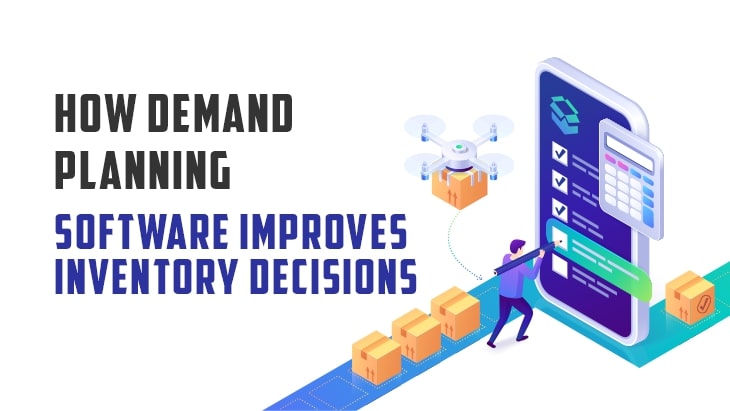Today's technology is developing quickly, enabling quicker change and advancement. This has brought a remarkable difference in technologies and paved the way for New Technologies. However, many more changes have occurred this year due to the COVID-19 epidemic, which has made IT professionals recognize that their job will alter in the contactless world of the future.
IT professionals will need continual learning, unlearning, and relearning. As consumers expect energy-efficient services supported by more sustainable technologies, there is a need to explore and learn the Trending Technologies in 2023.
Adopting technology in business, irrespective of its size, nature, and clientele, can be crucial for its development. The key is to pay close attention to how your current technology satisfies your company's needs. You should also be aware of whether investing now is a good idea given the state of technology and whether it can benefit your company.
Here Is The List Of Top 10 New & Trending Technologies In 2023
1. Internet of Things
IoT offers a lot of data from linked gadgets where sensors have been placed and send data to the cloud. Our lives will undergo a complete revolution through the Internet of Things, which connects many things and devices to the internet. The creative option enables research and excellent application after learning an IoT course.
Learning about the Internet of Things is an ongoing process. IoT has already seized the initiative on several fronts and is headed for a significant economic revolution. The market has seen a tremendous transformation due to linked device development.
2. CyberSecurity
Cloud and internet storage are upkeep on becoming more prevalent in business. As a result, the demand for cyber security and cyber security expertise increased. The range of cyber security vocations and skill sets has risen considerably.
Professionals in operations and security management are in high demand worldwide. The current pattern continues despite ongoing efforts by corporations to fill diverse roles, significantly increasing the pool of professionals who will positively impact cyber security worldwide.
3. 3D Printing
The manufacturing, construction, medical, and design industries are being revolutionized by 3D printing. Exciting job opportunities are provided by 3D printing in various business sectors, including organ printing, robots, AI, etc.
The increasing demand for 3D printed goods portends a significant expansion in the breadth and size of the sector. Apply for design and sketching-based employment that fall under the category of prototyping, which is the process of conceptualizing, ideating, testing, and translating strategies into actual models to get started.
The number of jobs in this booming global business is rapidly increasing in architecture, scientific modeling, musical instruments, etc. New job profiles for artists, engineers, and graphic designers have been created due to the need for more 3D-printed goods. The market for 3D printing is anticipated to develop at a compound annual rate of 24.3% to reach a value of USD 83.90 billion.
4. Virtual Reality and Augmented Reality
Some of the technologies with the quickest growth include Augmented Reality (AR) and Virtual Reality (VR), which provide aspiring and seasoned professionals with a wide range of opportunities. Any Software development company will need professionals or amateurs in both AR and VR. The market level for augmented reality and virtual reality is expected to reach USD 161 billion globally by 2025, increasing at a CAGR of 50%.
Innovative uses of these technologies are being made across all industries, from education and healthcare to gaming and entertainment. As a result, AR and VR Developers have become some of the most sought-after professionals in the global market.
5. Quantum Computing
Most scientists who work on quantum computers have at least a master's degree, and many have a doctorate. Calculating information represented by unique quantum states is known as quantum computing. Quantum computing uses quantum physics's properties to advance computation and address specific issues.
Qubits and superposition would enable a quantum computer to assess every possible answer concurrently for applications like cryptography, making such systems significantly quicker than conventional computers. These devices handle information fundamentally differently from "classical" computers like cellphones, laptops, or even today's most potent supercomputers because they take advantage of quantum phenomena like superposition and entanglement.
6. Blockchain
Blockchain helps certain goods like money, contracts, and other financial and legal instruments without needing an intermediary like a bank or governmental organization. Due to the stability of a blockchain, once information is stored there, it cannot be changed.
The centrally authorized organizations usually do not handle any data stored chronologically in a blockchain. As users can directly access and conduct transactions without the assistance of a third party, blockchain technology has become a valuable tool in the economic sector.
7. Edge Computing
Edge computing is a family of technologies that manage the data sets and services where they can best optimize outcomes in various locations. Today, most systems run software in a single place; however, the growing diversity of connected systems requires distributed applications to deploy software automatically to where it runs best. We call this concept workload affinity.
Four edge computing environments support evolving workload affinity requirements. They are engagement, operations, enterprise, and provider. These edge environments extend beyond the cloud to run the software, storage, analytics, and applications in data centers, edge networks, and smaller connected devices.
8. Robotic Process Automation (RPA)
Robotic Process Automation (RPA) has generated a lot of industry excitement and opened up various professional prospects. It is a developing trend that will transform the way automation looks soon, both quickly and subtly.
RPA is a blessing to many firms considering the epidemic. It is intended for everyone who is interested in the marriage of science and technology.
9. Genomics
The term "genomics" refers to the study of entire genomes. While "genes" are the instructions in DNA molecules in a cell, "genomics" is the research of all the genes in an organism and any genes altered in response to various conditions. It also includes the functional significance of this change.
Next-Generation Sequencing (NGS) technology is essential to genomics. These advancements have also accelerated the growth of clinical genomics, where genomic data is applied to improve diagnostics and personalized medicine. A new era of microbiome research has begun due to developments in NGS technologies.
10. Datafication
Both industry and academics are becoming increasingly interested in the concept of datafication. Although it is mainly seen from a technological perspective, it is gradually expanding to include the data infrastructure, applications, tools, and best practices needed to acquire, represent efficiently, and transport data to guide decision-making and action.
The distinction between business and social intelligence is also eroding when decision-making actions are directed at influencing people's behavior. BI is viewed from an industry viewpoint as a fruitful foundation for innovation, competition, and productivity. The depth and significance of the research field are increasingly clear from an academic standpoint.
Lack of knowledge about how to apply analytics to improve the business, specifically the capture, representation, and delivery aspects of the equation, was the main obstacle to gaining the competitive advantage that (big) data may bring.
Benefits of Learning New Technologies
It saves time
Learning new technologies can be very time-saving and learning this will be a benefit.
It fosters a competitive edge
Businesses that can employ all of their solutions efficiently will certainly outperform others that need help to grasp the fundamentals.
It boosts confidence
Employees with confidence make better workers. People are considerably more likely to be content in their positions when they know how to perform their jobs well, which reduces turnover for your company.
It allows for team building
Employees from many departments must collaborate and learn throughout training. It can be understanding of how other departments operate while more seasoned users can step in and assist those around them.
The acceptance and integration of new technologies into already-existing systems or the development of brand-new ones are referred to as technology adoption in business. It involves utilizing technology to the fullest extent possible while adjusting to meet changing consumer needs.

















Post Comments